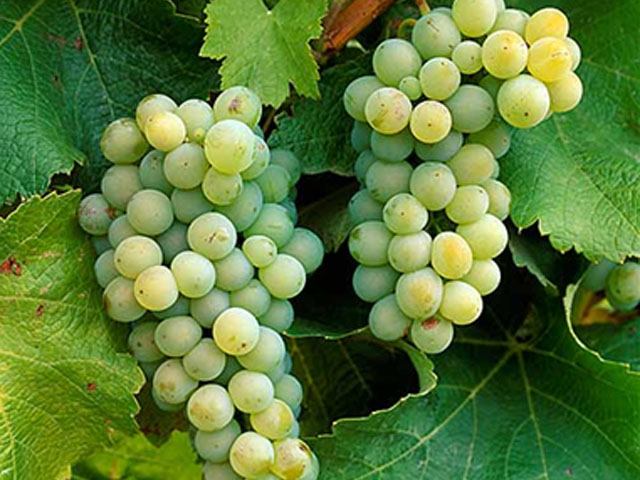The Indians called Long Island "Paumanok" - which means "land of tribute". FYI, by the year 1643 there were were thirteen different American Indian Tribes living on Long Island; Canarsie, Rockaway, Matinecock, Merrick, Massapequa, Nissequoge, Secatoag, Seatauket, Patchoag, Corchaug, Shinnecock, Manhasset and Montauk.
 Original Map Drawing of Paumanok
Original Map Drawing of Paumanok
I also am native to Paumanok (Long Island), nearer to where the Shinnecock Tribe settled. It's funny, most people think that I’m from Florida, maybe because that is where many of my shows have been filmed. While others have the impression I’m originally from Canada. That's definitely because of the stories I have shared on-air about the great influence Canada has had on my life with most of my childhood summers spent there. But I am truly a Long Islander.
Long Island New York is such a beautiful place, encircled by water. And yes, it is an island! Extending west to east 118 miles and 23 miles at it’s widest point. Enough for the geography lesson, now back to Paumanok.
 Ursula and Charles Massoud - Paumanok Vineyards
Ursula and Charles Massoud - Paumanok Vineyards
I recently had a different kind of Paumanok experience. One of my long time friends had a dinner party at his home. It was a wonderful reunion, catching up with some top people in the foodie biz. The food, was over the top. Guests including top chefs, and long time friends and owners of Paumanok Vineyards, Ursula and Charles Massoud. Well, that wonderful evening was capped off with Paumanok's 2006 Sauvignon Blanc Late Harvest.
Since the spring of 1983, the Massoud's 103 acre estate, located on the Nork Fork of Eastern Long Island, has been operated by Ursula, Charles and their three sons, using old world traditions. Basically, the same ways they were born and raised with.

About Paumanok Vineyard's 2006 Sauvignon Blanc Late Harvest
WINEMAKER NOTES
The summer of 2006 got off to an unusually humid start. This made vineyard management challenging, but we proactively worked to keep an open canopy and protect our crop. By August, the relentless humidity finally abated as the Sauvignon Blanc grapes began to ripen with ample sunshine and heat leading up to harvest. This allowed for complete ripening of the Sauvignon Blanc grapes, with the subsequent development of botrytis, the “noble rot”. The grapes were carefully hand-harvested and whole-cluster pressed. This wine was barrel fermented in French oak (Vosges) barrels. Fermentation was kept very cold (50F or lower) and thus, slow, to preserve fruitiness.
TASTING NOTES
Concentrated fruit flavors range from hints of citrus to distinct tastes of pineapple, mango, quince and litchi. The wine is rich and sweet, and has ample acidity to balance the sugar, resulting in a sensational, full-bodied, dessert wine with a long finish. The oak embellishes the wine by imparting a subtle nutty flavor and by increasing complexity.

